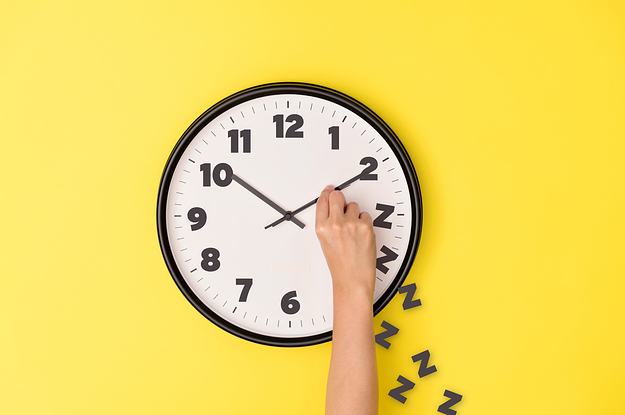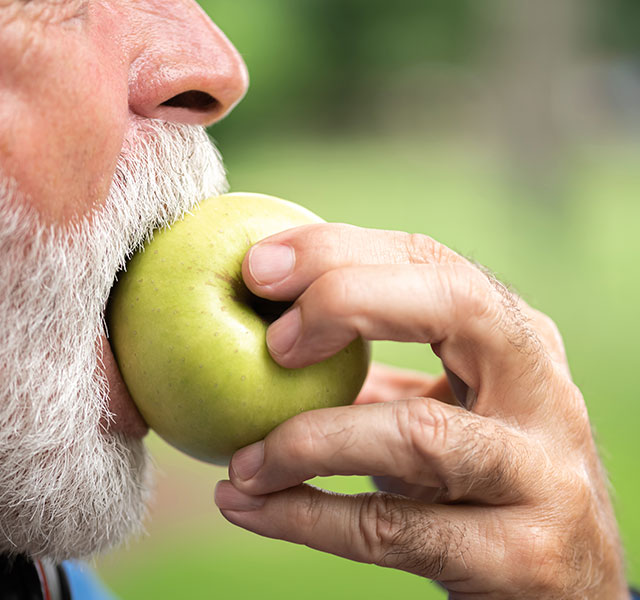Daylight saving time will begin on March 12, and I’m not looking forward to it. Every year after we lose that hour of sleep, I feel groggy for days. Now that I’m in my 80s, it hits me harder than it used to.
Many Americans experience something akin to jet lag twice a year when the time changes, and that’s particularly true for older people like me. Multiple studies have shown that going from standard time to daylight saving and then back is risky, especially in the spring. In the aftermath, there’s an increase in heart attacks and strokes, as well as workplace mishaps, fatal car accidents and medical errors in hospitals.
But that could end. Last March, the US Senate—unanimously (!) and without even a debate—passed the Sunshine Protection Act, which mandates permanent, year-round daylight saving time (DST), beginning in November 2023.
When I first heard about that, it sounded like a great idea. I visualized basking in late-afternoon or early-evening sun for most of the year. But as the bill went to the House of Representatives, opposition grew, including a strong statement by the American Academy of Sleep Medicine, which agreed that it would be a good thing to do away with those semiannual time switches but urged Congress to make standard time permanent—not daylight saving.
The pros and cons of year-round daylight saving have been hotly debated for decades. Those who want year-round DST insist it would save energy and reduce crime, which tends to increase after dark. It would also have a health benefit, they say, because people could use the extra hour of late-day sunlight for exercise and sports.
The downside, however, is that in a lot of states, including New Jersey where I live, the sun wouldn’t rise in winter until after eight or nine in the morning, and that would pose risks for children walking to school in the dark and commuters driving to work.
Many scientists are convinced that standard time would be better for everyone’s health because it’s more like the natural cycle of daylight and darkness. That’s important because early-morning sunlight sets and synchronizes the circadian rhythms of our bodies, determining everything from when various hormones are released to when our heart rates slow down for the night. A permanent mismatch between those internal rhythms and the environment could increase the risk of diabetes, heart disease and cancer.
That argument impressed me, as did reminders that this country has already tried perennial DST several times, hoping to save energy. For instance, when faced with an energy crisis in 1973, the government decreed that for the next two years, the nation would be on year-round daylight saving. Before that edict went into effect in January 1974, many Americans loved the idea. Afterward, so many people complained that they hated the cold, dark, winter mornings that less than a year later, the government abandoned the experiment.
As I write this in March 2023, the bill that would make daylight saving permanent has stalled in the House, where it hasn’t even been discussed. Instead, the Transportation Department has been asked to study its possible consequences and report back by the end of December.
In the meanwhile, 19 state legislatures have grown impatient and attempted to establish permanent daylight saving on their own, but their laws and resolutions can’t take effect unless Congress acts first.
Personally, I’m not happy with either option. I know I’d hate the dark winter mornings that would come with year-round DST, but also the shortened summer evenings of permanent standard time.
My best guess is that Congress will let the Sunshine Protection Act die rather than alienating one side or the other. A compromise is possible, however. As one sleep researcher notes, we could move the clock forward from standard time by just half an hour and make that permanent.
Of course, that would have pros and cons too.
Tips for Easing into a Time Change
There are things you can do to make the spring change to DST easier.
- If it’s been a significant problem for you in the past, this time let your body adjust gradually: on each of the last three or four days before DST begins, go to bed 15 to 20 minutes earlier than you did the night before.
- On the first mornings after the change, go outside and expose yourself to sunlight soon after you wake up. That will help reset your internal rhythms.
- Exercise outdoors during the day or find some other excuse for soaking up the sun. Avoid caffeine after two in the afternoon.
- Even if you start to feel sleepy, don’t nap. Quench your need for sleep that night.
- Don’t use electronic devices, such as your cell phone, for the last hour or two before you go to bed. They emit blue light, which can suppress the release of melatonin, the hormone that promotes sleep.
- Have a hot bath or shower an hour or two before bedtime. Studies show this can help you doze off and also improve the quality of your sleep.
- Try taking a small dose of over-the-counter melatonin—say, a milligram—at least 30 minutes before bedtime.

Flora Davis has written scores of magazine articles and is the author of five nonfiction books, including the award-winning Moving the Mountain: The Women’s Movement in America Since 1960 (1991, 1999). She currently lives in a retirement community and continues to work as a writer.



